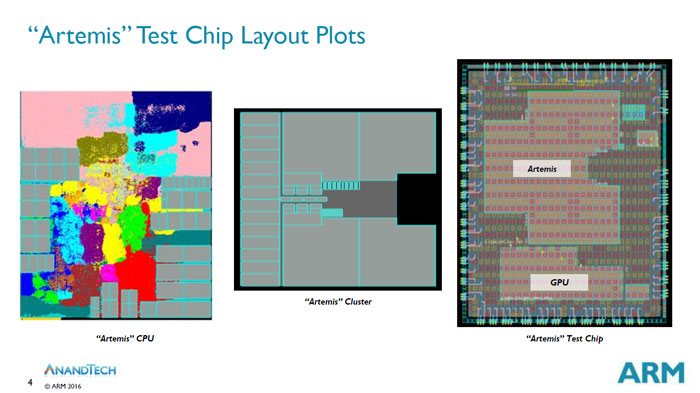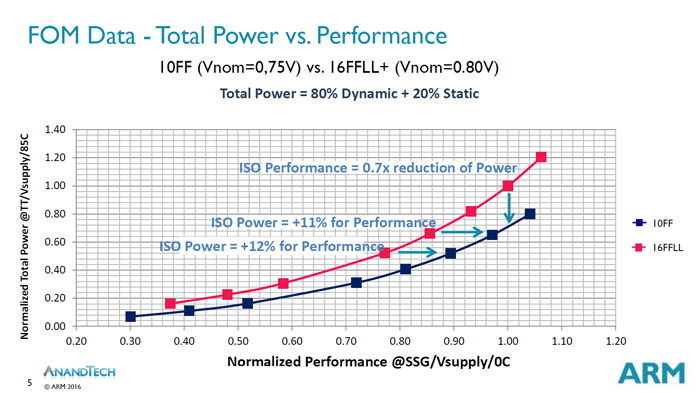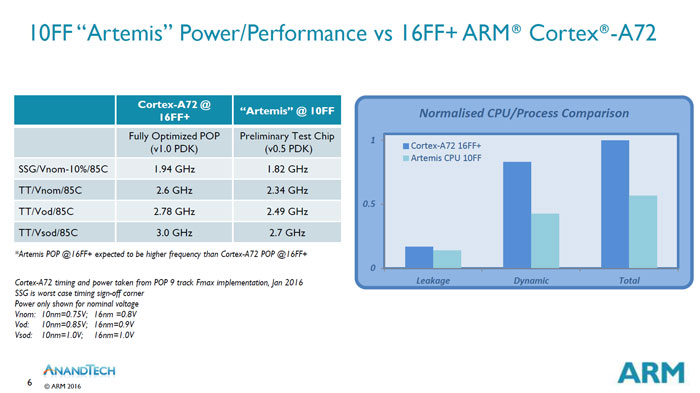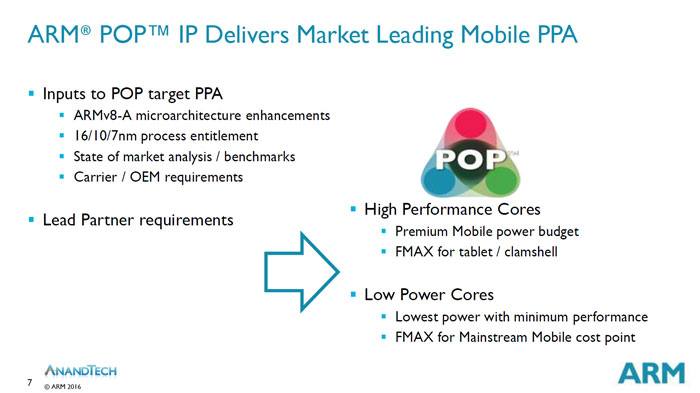OOPS! You forgot to upload swfobject.js ! You must upload this file for your form to work.
ARM announced the release of an experienced 10-nm processor cores on Artemis
![]()
|
xtreview is your : Video card - cpu - memory - Hard drive - power supply unit source |
|
|||
|
|
||||
 Recommended : Free unlimited image hosting with image editor
Recommended : Free unlimited image hosting with image editor
|
xtreview is your : Video card - cpu - memory - Hard drive - power supply unit source |
|
|
|
|
||
|
Xtreview Support  N-Post:xxxx Xtreview Support        |
ARM ANNOUNCED THE RELEASE OF AN EXPERIENCED 10-NM PROCESSOR CORES ON ARTEMIS |
| Please Feel Free to write any Comment; Thanks  |
ARM expands staff and improves the incentive system (2017-08-08)
Smart watch Emporio Armani on Android Wear 2.0 go on sale in September (2017-06-22)
ARM will not take money forward for using the Cortex-M0 and Cortex-M3 cores in development (2017-06-22)
Intel threatens to sue ARM and Microsoft for emulating x86 commands ISA (2017-06-09)
The new ARM cores have got the beginnings of artificial intelligence (2017-05-30)
Almost five percent of NVIDIA shares belong to the owner of ARM (2017-05-25)
Owners of ARM together with the main shareholder of AMD will be engaged in venture investments (2017-05-22)
Rejecting the idea of releasing ARM server processor , could save AMD about 25 million (2017-05-12)
The Israeli army uses Oculus Rift and HTC Vive for training (2017-05-09)
ARM introduced a digital processor for image processing in automotive systems (2017-04-25)
The Danish data center of Apple will save neighboring farmers from waste (2017-04-21)
AMD, ARM and GlobalFoundries will have a common shareholder (2017-03-09)
Microsoft is testing server solutions based on processors with ARM architecture (2017-03-09)
Money allows ARM Japanese investors to look to the future (2017-03-01)
Apple can develop an auxiliary ARM-based processors for its laptops (2017-02-03)
ARM believes that support for emulation developers x86 is not bad (2017-01-14)
ARM believes that automobile platforms with open source software is the future (2017-01-09)
NVIDIA decided to recall the number of GeForce owners army (2017-01-06)
Alibaba may move their servers to use processors with ARM architecture (2016-12-13)
Broadcom closed development project on ARM server processor cores (2016-12-11)
![]()
To figure out your best laptops .Welcome to XTreview.com. Here u can find a complete computer hardware guide and laptop rating .More than 500 reviews of modern PC to understand the basic architecture


7600gt review
7600gt is the middle card range.
We already benchmarked this video card and found that ...

 geforce 8800gtx and 8800gts
geforce 8800gtx and 8800gts  Xtreview software download Section
Xtreview software download Section  AMD TURION 64 X2 REVIEW
AMD TURION 64 X2 REVIEW  INTEL PENTIUM D 920 , INTEL PENTIUM D 930
INTEL PENTIUM D 920 , INTEL PENTIUM D 930  6800XT REVIEW
6800XT REVIEW  computer hardware REVIEW
computer hardware REVIEW  INTEL CONROE CORE DUO 2 REVIEW VS AMD AM2
INTEL CONROE CORE DUO 2 REVIEW VS AMD AM2  INTEL PENTIUM D 805 INTEL D805
INTEL PENTIUM D 805 INTEL D805  Free desktop wallpaper
Free desktop wallpaper  online fighting game
online fighting game  Xtreview price comparison center
Xtreview price comparison center Lastest 15 Reviews


Rss Feeds
Last News
- The new version of GPU-Z finally kills the belief in the miracle of Vega transformation
- The motherboard manufacturer confirms the characteristics of the processors Coffee Lake
- We are looking for copper coolers on NVIDIA Volta computing accelerators
- Unofficially about Intels plans to release 300-series chipset
- The Japanese representation of AMD offered monetary compensation to the first buyers of Ryzen Threadripper
- This year will not be released more than 45 million motherboards
- TSMC denies the presentation of charges from the antimonopoly authorities
- Radeon RX Vega 64 at frequencies 1802-1000 MHz updated the record GPUPI 1B
- AMD itself would like to believe that mobile processors Ryzen have already been released
- AMD Vega 20 will find application in accelerating computations
- Pre-orders for new iPhone start next week
- Radeon RX Vega 57, 58 and 59: the wonders of transformation
- ASML starts commercial delivery of EUV-scanners
- The older Skylake processors with a free multiplier are removed from production
- Meizu will release Android-smartphone based on Helio P40
- AMD Bristol Ridge processors are also available in American retail
- The fate of Toshiba Memory can be solved to the next environment
- duo GeForce GTX 1080 Ti in GPUPI 1B at frequencies of 2480-10320 MHz
- New Kentsfield overclocking record up to 5204 MHz
- Lenovo released Android-smartphone K8

HALO 3 HALO 3 - Final Fight!

PREY Prey is something you don t often see anymore: a totally unigue shooter experience.

computer news computer parts review Old Forum Downloads New Forum Login Join Articles terms Hardware blog Sitemap Get Freebies







